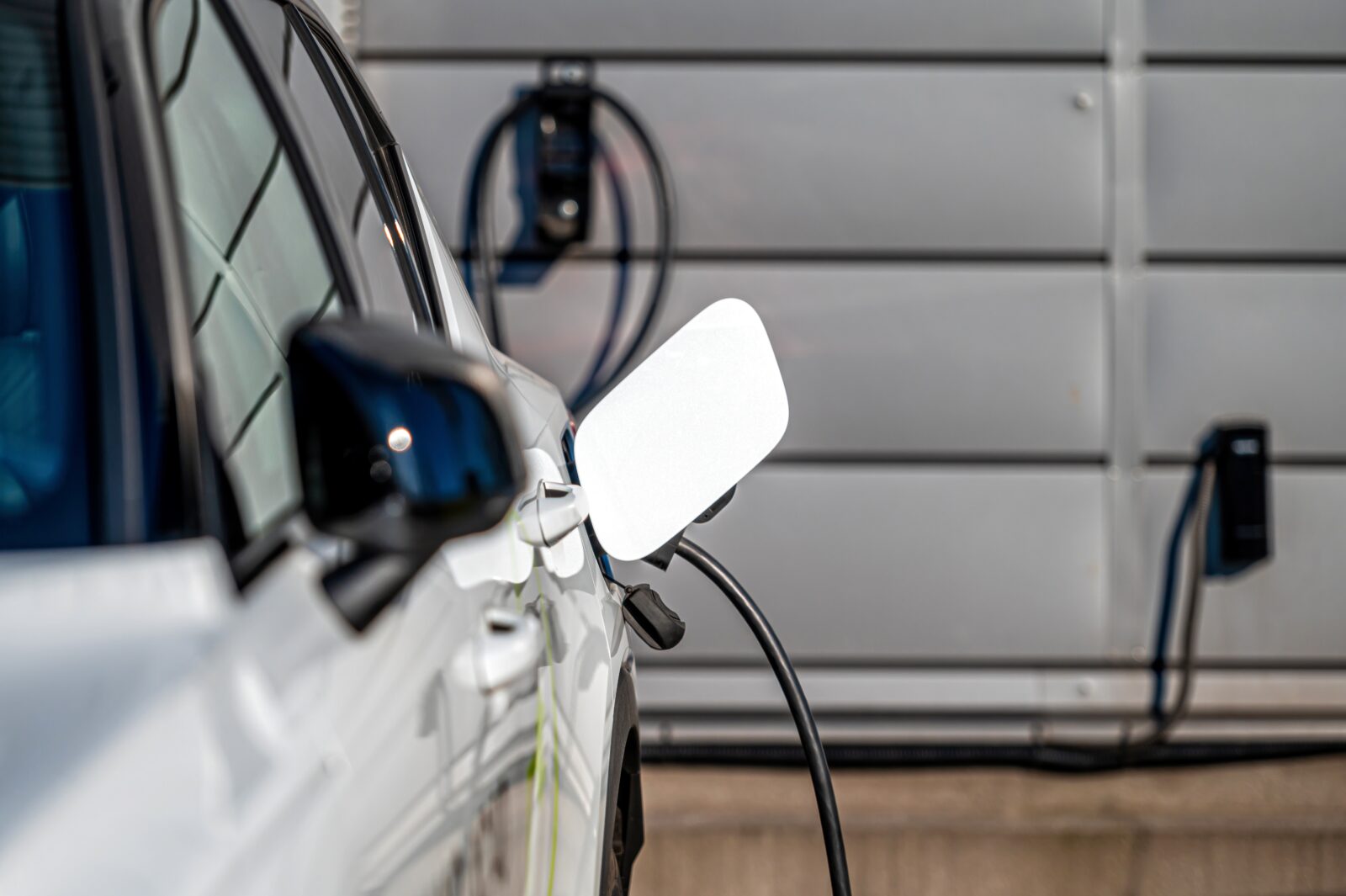What are the financial benefits of electric driving for private individuals?
The Netherlands is seen worldwide as a major player in the field of electric mobility. Together with the three other countries Norway, Iceland and Sweden, at least 25% of the total new cars sold in 2020 in our country were electric. In the 2019 Climate Agreement, it was agreed that from 2030 only fully electric cars may be sold. This agreement has been made to eventually emit 49% less CO2 in the Netherlands compared to 1990. Clean transport helps to achieve this objective.
Road traffic is responsible for about one fifth of the total greenhouse gas emissions in the Netherlands. An electric car does not emit CO2 and nitrogen dioxide. This is also the reason why the government encourages electric driving (financially). In this blog we list the financial benefits of electric driving for you.
Contents
Tax benefits for individuals
Electric driving is seen as the long-term solution for combating climate problems. As a private electric car driver, you can benefit from various tax benefits. This involves lower fixed and variable costs, thanks to a purchase subsidy and lower bpm and mrb. We will go through the most important benefits one by one.
(Partial) Exemption from bpm
When you purchase a passenger car, delivery van or motorcycle in the Netherlands, you pay tax. This tax is called bpm, which is the abbreviation for passenger car and motorcycle tax. How high the bpm is, differs per situation. The amount to be paid by you is calculated on the CO2 emissions in grams or kilometers or on the net list price of the car you drive.
Affordable hybrid driving
You pay less bpm for an economical car than for an inefficient vehicle. Paying less is the case, for example, with hybrid vehicles. One of the most popular hybrid vehicles is the Japanese Toyota Yaris. The revolutionary hybrid battery pack of this popular Toyota lasts as long as the car itself. The Toyota Yaris has an exciting design and is affordable, especially when you look at the good performance that this hybrid vehicle delivers.
The Yaris Hybrid has a three-cylinder 1.5-liter petrol engine. The built-in battery ensures that efficiency is increased. The fuel consumption is therefore around 60 kilometers per hour. After a single charge you can drive up to 75 kilometers on the battery.
View the other specifications of the Yaris Hybrid?
100% electric vehicles
A fully electric car produces no CO2 emissions while driving. This is also the reason why you do not have to pay bpm at least until 2024. A popular electric car is the Peugeot e-208. This e-208 distinguishes itself from competitors thanks to its elegant design and innovative techniques that are incorporated in this vehicle.

The Peugeot e-208 is seen as a reliable car within the city car category. This electric variant from Peugeot contains a three-cylinder engine, which hardly causes any problems. This e-208 has a range of no less than 450 kilometers.
Purchase subsidy for new and used electric vehicles
In addition to the exemption from bpm for fully electrically powered vehicles, as a private individual you can also apply for a subsidy for the purchase of an electric car. From last January 10, 2023 9 a.m. it is possible to apply for this subsidy, called SEPP. A total amount of 67 million euros is available for new electric passenger cars.
A total subsidy budget of almost 32.5 million euros has been made available for a used electric passenger car for 2023. If you meet the conditions, you can receive an amount of €2,000. Together with information obtained from importers and dealers, the so-called Car List SEPP has been compiled. All new and used vehicles that qualify for the SEPP are listed here.
Car with SEPP subsidy: Citroën C4

The Citroën C4 Shine is an example of an electric car listed on the SEPP Car List. With this striking E-C4 from the French car brand Citroën, excellent driving comfort is of paramount importance. This is made possible, among other things, by the electric powertrain that this car has. This Citroën C4 has a range of 225 kilometers.
(Partial) Exemption mrb
Every vehicle that is registered is obliged to pay motor vehicle tax. This is also popularly referred to as mrb. There are a number of exceptions where road tax does not have to be paid. These include emergency services vehicles and cars that have been in use for more than 40 years. Hybrid and electric cars also fall under the exception.
No mrb for plug-in hybrid vehicles
If you own a plug-in hybrid vehicle, you will receive a 50% discount on the mrb. This is only the case for vehicles that have a minimum CO2 emission of no more than 50 grams per kilometer driven. This rule is valid until at least 2024.

One of the popular hybrid vehicles where you receive a 50% discount at the mrb is the Toyota RAV4. This RAV4 falls under the middle-class SUV category and is seen as a ‘real workhorse’, as you often see with the Japanese car brand. The big advantage of this hybrid Toyota is quiet and comfortable driving. The low consumption of 1 in 18 is also perceived as positive. The battery pack has an electric range of up to 75 kilometers.
Electric vehicles free from mrb
If you own an electric vehicle, this means that you do not have to pay purchase or motor vehicle tax at all. Have you purchased an electric car for business use? In that case, less addition applies.

One of the favorite electric vehicles where you benefit from the various advantages is the Hyundai Kona. This electric version of the Hyundai brand, which is modest in size, also falls into the category of electric SUVs. The Kona is seen as a compact family car and is currently very popular.
Among other things, the cleverly designed interior and the high seating position are regarded as positive. The large range of 363 kilometers is also a convincing reason to purchase this Hyundai.
Do you like driving this EV economically?



